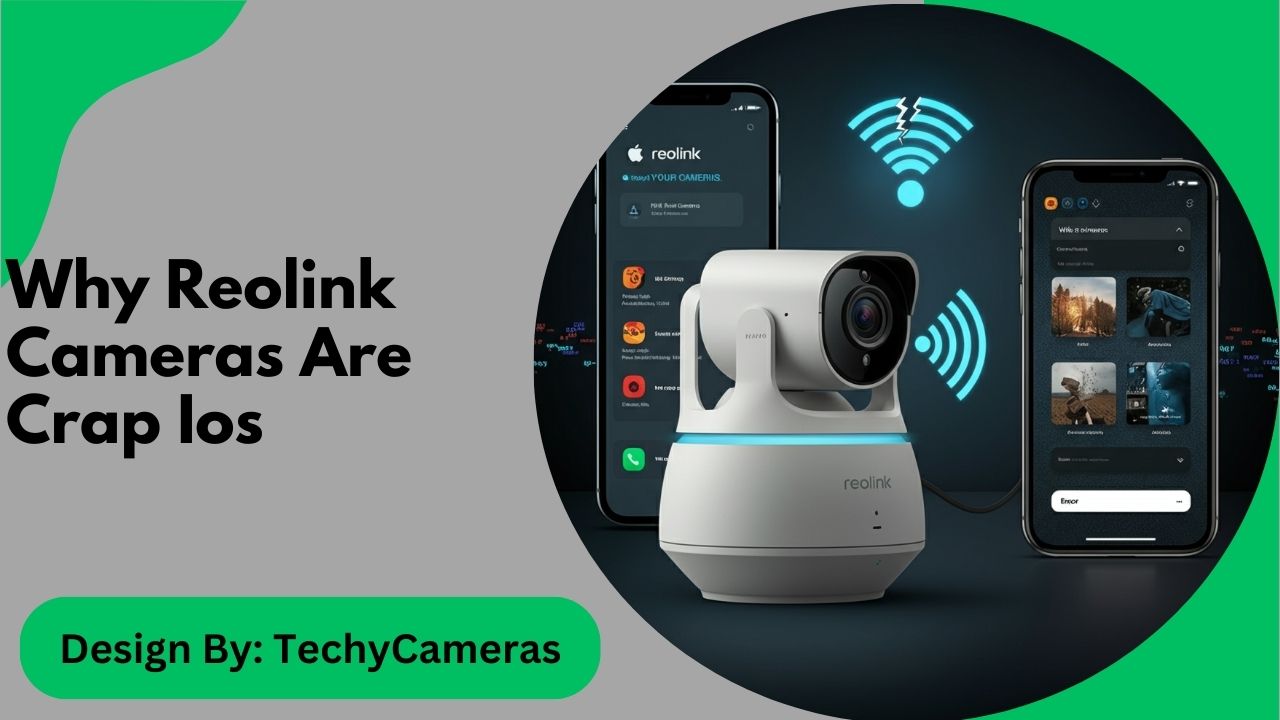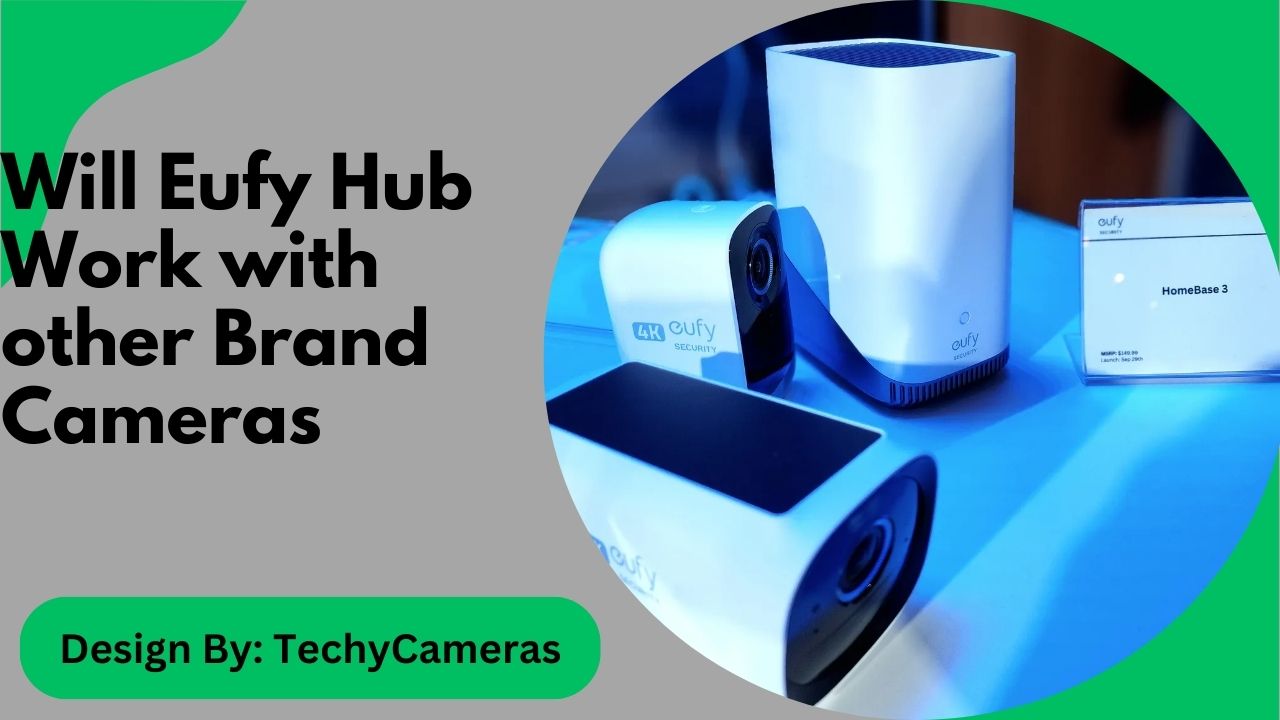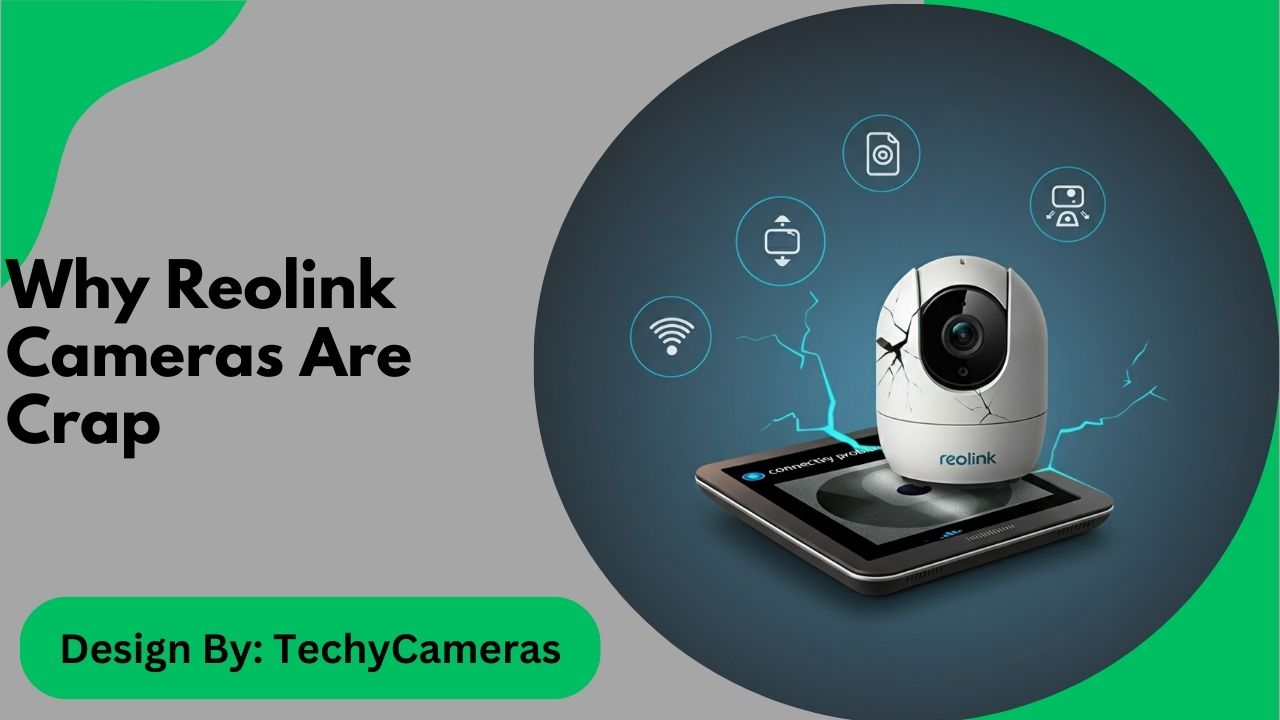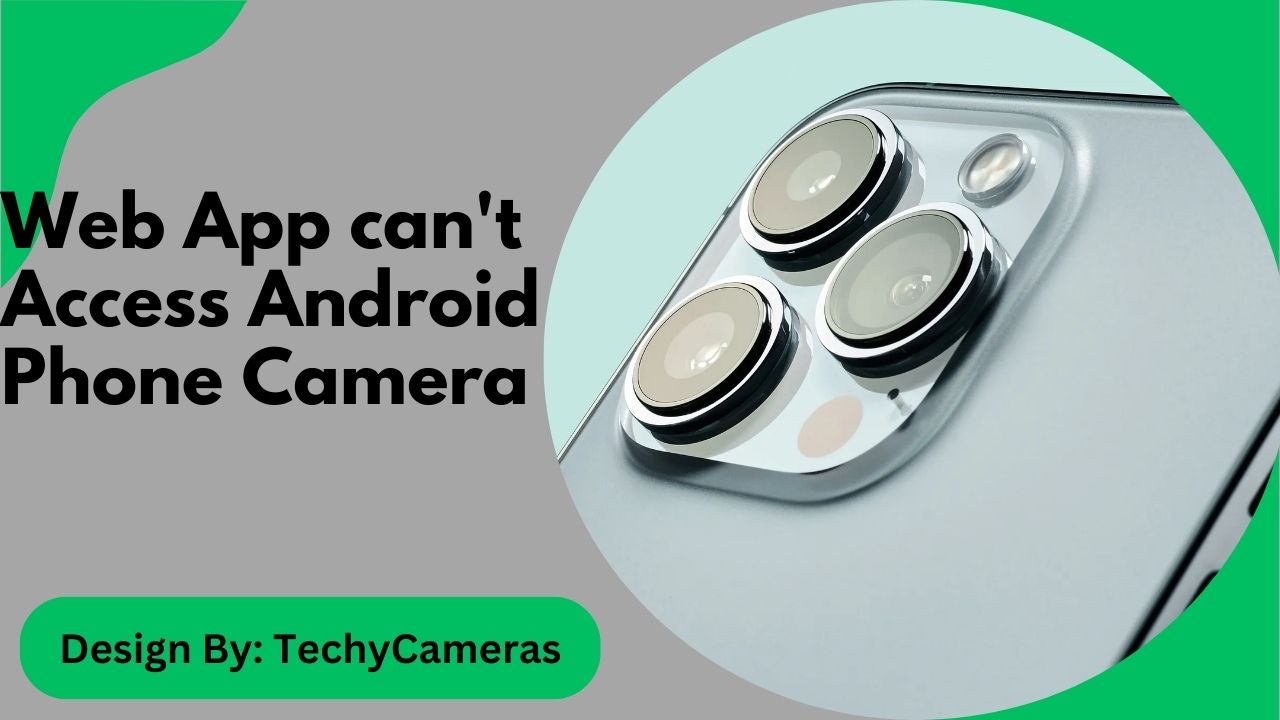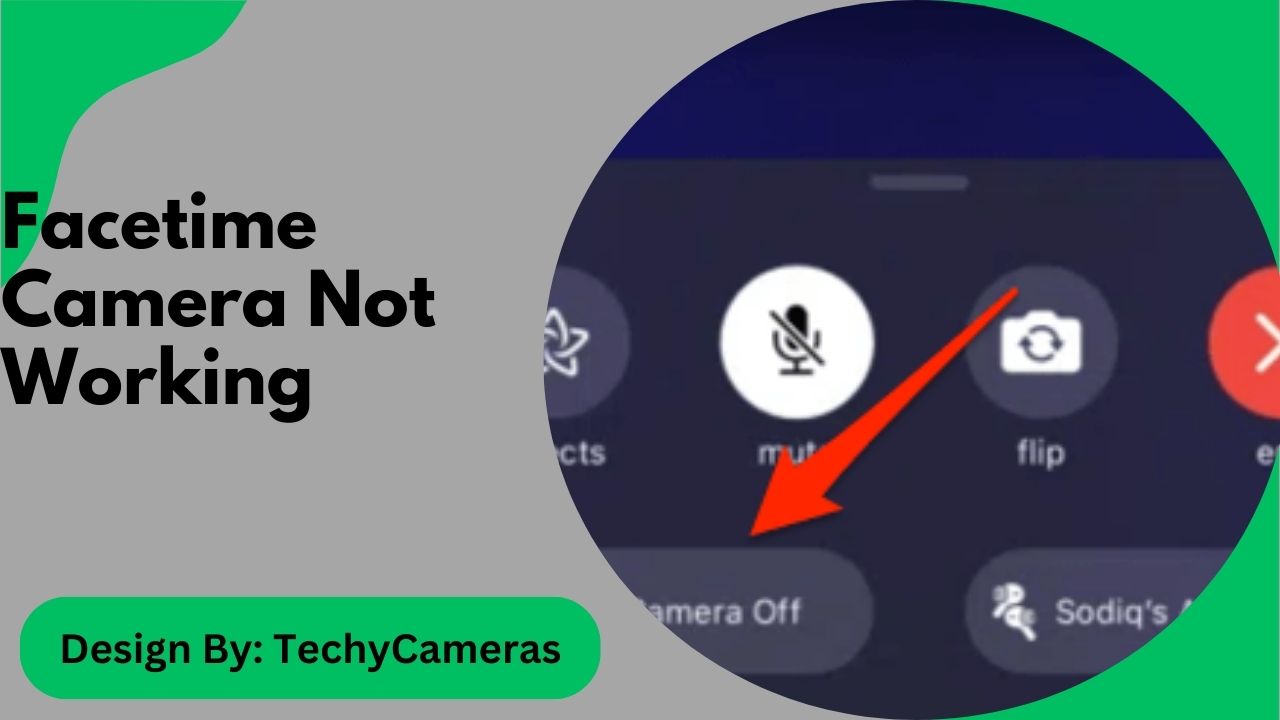Reolink cameras are affordable and feature-rich, but iOS users often experience poor app performance, unstable connectivity, and a challenging interface. These shortcomings make them a less reliable option for Apple device users.
Reolink cameras have become a popular option in the security camera market, known for their affordability and impressive features aimed at both residential and commercial users. These cameras promise easy installation, high-definition video quality, and remote access capabilities. For many, these features make Reolink an appealing choice for enhancing security. However, when used with iOS devices, these cameras often fail to live up to expectations. While the hardware may deliver on some fronts, the experience on Apple platforms is riddled with challenges that overshadow the initial appeal.
App Performance Issues:
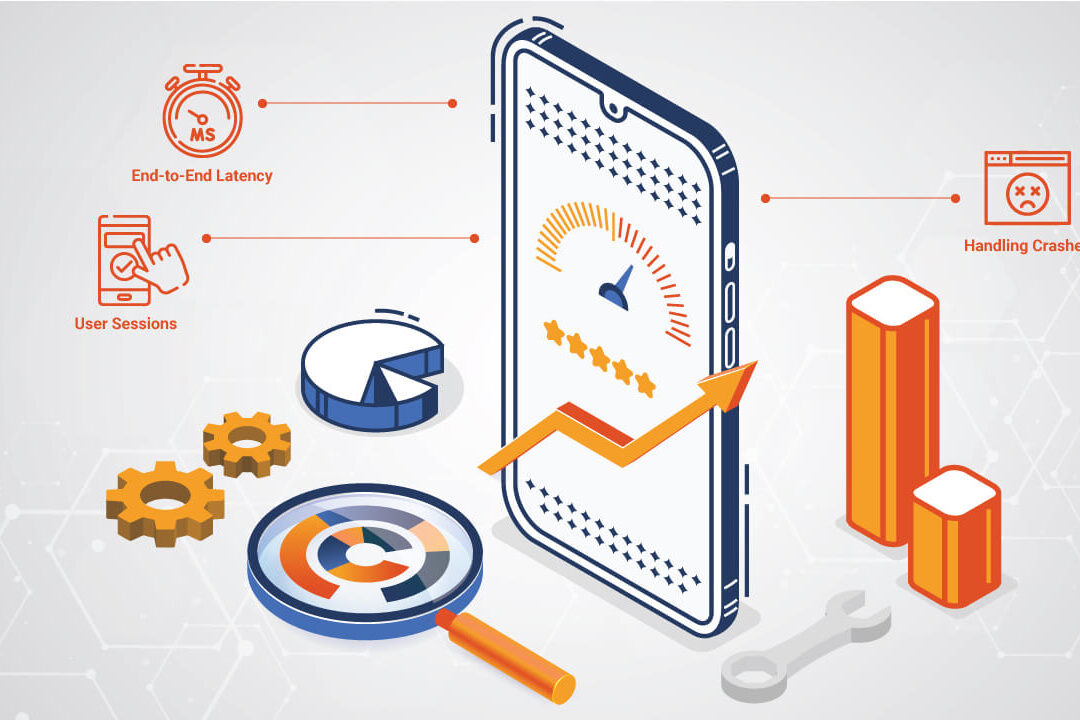
A frequent source of frustration for iOS users is the performance of Reolink’s app, which serves as the primary tool for controlling the cameras, accessing live feeds, and receiving notifications. Unfortunately, the iOS version of the app is plagued with technical problems that hinder usability. Many users report that the app freezes at critical moments, like when trying to view a live video stream. This performance issue is often compounded by sudden crashes, forcing users to restart the app multiple times.
Additionally, there are significant delays when it comes to receiving notifications, a major drawback for security purposes. Timely alerts are essential for monitoring any potential threats, and when these notifications arrive late—or worse, fail to appear altogether—the reliability of the system is seriously compromised. These app-related performance issues make Reolink cameras far less dependable for iOS users compared to other options in the market.
Connectivity Problems:
Despite marketing itself as a reliable choice for seamless Wi-Fi and mobile connections, Reolink cameras suffer from frequent connectivity breakdowns when paired with iOS. Many users struggle to maintain a stable live video feed, even when their network signal is strong. Instead of clear, uninterrupted streams, buffering and disconnection errors are common issues that significantly impact the effectiveness of the cameras.
The feature touted most by Reolink—remote access—also becomes a point of contention for iOS users. Many report encountering “connection failed” errors repeatedly, making it nearly impossible to monitor their cameras from a distance. For those relying on the cameras to keep an eye on their homes or businesses while away, these frequent failures erode trust in the system.
User Interface Challenges:
The usability of the Reolink app is another area where iOS users face complications. A good security app should make it easy for users to manage their cameras and settings, but Reolink’s interface can feel unnecessarily complicated. Key features, such as adjusting playback settings or configuring custom notifications, are often buried within layers of menus, making them difficult to locate.
Furthermore, while the cameras themselves offer features like motion detection and scheduling, the app’s lack of robust customization options leaves users frustrated. For example, adjusting the sensitivity of motion alerts or creating unique notification rules is more limited than expected. This lack of user-friendly design contributes to an overall sense that Reolink has failed to prioritize a seamless experience for iOS users.
Strengths and Weaknesses in Context:
It’s not all bad when it comes to Reolink cameras. The hardware itself is generally well-regarded for its affordability and solid video quality, with useful features such as night vision and two-way audio. These technical advantages can be appealing, especially for budget-conscious consumers.
However, these strengths are significantly undermined by the poor app performance, persistent connectivity problems, and inferior user interface when used with iOS devices. As a result, the overall value of Reolink cameras is diminished for those in the Apple ecosystem.
What Can Be Done:

For those who already own Reolink cameras and want to improve their experience, there are a few steps worth trying. Regularly updating both the app and the camera firmware can sometimes resolve performance issues and enhance compatibility with iOS. Optimizing your home network by ensuring strong Wi-Fi coverage near the cameras may also address some connectivity challenges. Additionally, exploring third-party apps, though not officially supported, might provide a more stable management experience. However, individual results with these alternatives may vary.
For potential buyers, exploring other brands such as Arlo or Eufy may be a better option. These brands often offer more polished and reliable apps that integrate seamlessly with iOS devices, providing a smoother and more consistent user experience. Given the importance of dependable security solutions, it’s worth investing in products designed to better suit Apple users.
FAQ’s:
1. Why do Reolink cameras perform poorly on iOS?
Reolink’s iOS app suffers from frequent crashes, delays in notifications, and limited customization, which impacts usability and reliability.
2. What connectivity issues affect iOS users with Reolink cameras?
iOS users often encounter buffering, unstable live feeds, and recurring “connection failed” errors, even with strong Wi-Fi.
3. Is the user interface of the Reolink iOS app easy to use?
No, the app has a complex navigation system, and important features are buried under multiple layers, making it less user-friendly.
4. Are Reolink cameras better suited for other platforms?
Yes, their performance is often more reliable on Android devices or PCs compared to iOS.
5. What alternatives are better for iOS users?
Brands like Arlo and Eufy offer smoother app experiences and better integration with the Apple ecosystem, making them great alternatives.
Conclusion:
Reolink cameras, while affordable and feature-rich, fall short for iOS users due to app instability, unreliable connectivity, and a frustrating user interface. These issues undermine the reliability that’s essential for security solutions on Apple devices. Regular updates and network optimizations might help, but alternatives like Arlo or Eufy offer a more seamless experience. For iOS users, prioritizing compatibility and user-friendly design is key to ensuring peace of mind.
